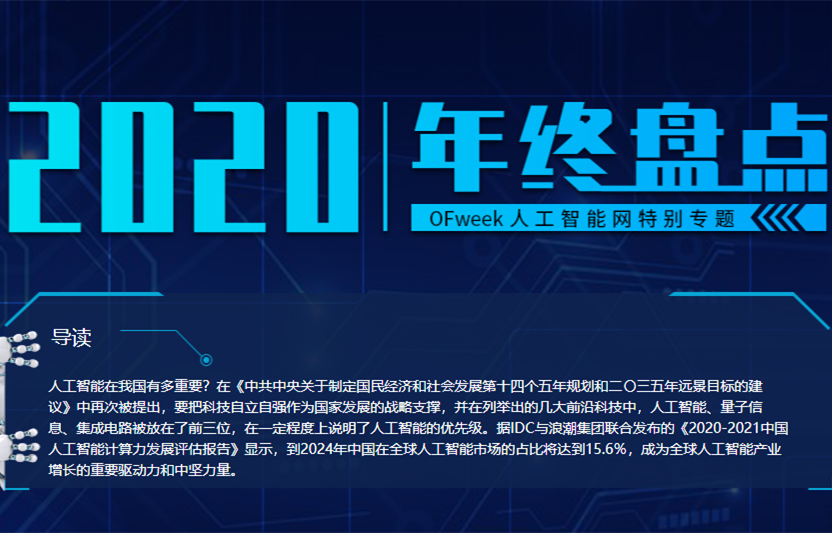使用 Python 的铅笔素描图像
图片在 Python 中表示为一组数字。所以我们可以进行各种矩阵操作来得到令人兴奋的结果。在本教程中,将向你展示如何只用几行代码创建“铅笔”草图图像。
这个过程非常简单:
1. 灰度图像
2. 反转颜色
3. 模糊倒置图像
4. 将减淡混合应用于模糊和灰度图像
我们可以为此选择任何我们想要的图像。将演示如何创建可以应用于任何图像、视频或实时流的对象。

导入库
OpenCV 和 Numpy 是项目所需的唯一库。我们使用以下两行代码导入它们:
import cv2
import numpy as np
读取照片
这是使用 OpenCV 读取存储在磁盘上的图像的命令之一:
frame = cv2.imread("porche.png")
此命令读取位于当前文件夹中的文件“image.png”,并作为帧存储在内存中。但正如我所提到的,这可以是帧序列或通过其他方法加载的图像。
使用 OpenCV 显示图像
下一个重要步骤是在屏幕上显示图像:
cv2.imshow('image', frame)
cv2.waitKey(0)
cv2.destroyAllWindows()
图像将在一个标题为“image”的新窗口中打开:

灰度图像
首先,我们需要对图像进行灰度处理(将其转换为黑白)。我们可以使用 cv2 库或 numpy.
numpy 没有任何用于灰度的内置函数,但我们也可以很容易地将我们的图像转换为灰度,公式如下所示:
grayscale = np.array(np.dot(frame[..., :3], [0.299, 0.587, 0.114]), dtype=np.uint8)
grayscale = np.stack((grayscale,) * 3, axis=-1)
在这里,我们将 RGB 图像通道与适当的值相乘并将它们连接到单个通道。
因此,我们需要返回到 3 层图像,使用 numpy stack 函数来实现。这是我们得到的灰度图像:

反转图像
现在我们需要反转图像,白色应该变成黑色。
它简单地从每个图像像素中减去 255 。因为,默认情况下,图像是 8 位的,最多有 256 个色调:
inverted_img = 255 - grayscale
当我们显示反转图像或将其保存在光盘上时,我们会得到以下图片:

模糊图像
现在我们需要模糊倒置的图像。通过对倒置图像应用高斯滤波器来执行模糊。这里最重要的是高斯函数或 sigma 的方差。随着 sigma 的增加,图像变得更模糊。Sigma 控制色散量,从而控制模糊程度。可以通过反复试验选择合适的 sigma 值:
blur_img = cv2.GaussianBlur(inverted_img, ksize=(0, 0), sigmaX=5
模糊图像的结果如下所示:

减淡和融合
颜色减淡和融合模式并通过降低对比度来加亮基色以反映混合色。
def dodge(self, front: np.ndarray, back: np.ndarray) -> np.ndarray:
"""The formula comes from https://en.wikipedia.org/wiki/Blend_modes
Args:
front: (np.ndarray) - front image to be applied to dodge algorithm
back: (np.ndarray) - back image to be applied to dodge algorithm
Returns:
image: (np.ndarray) - dodged image
"""
result = back*255.0 / (255.0-front)
result[result>255] = 255
result[back==255] = 255
return result.astype('uint8')
final_img = self.dodge(blur_img, grayscale)
就是这样!结果如下:

完整代码:
class PencilSketch:
"""Apply pencil sketch effect to an image
"""
def __init__(
self,
blur_simga: int = 5,
ksize: typing.Tuple[int, int] = (0, 0),
sharpen_value: int = None,
kernel: np.ndarray = None,
) -> None:
"""
Args:
blur_simga: (int) - sigma ratio to apply for cv2.GaussianBlur
ksize: (float) - ratio to apply for cv2.GaussianBlur
sharpen_value: (int) - sharpen value to apply in predefined kernel array
kernel: (np.ndarray) - custom kernel to apply in sharpen function
"""
self.blur_simga = blur_simga
self.ksize = ksize
self.sharpen_value = sharpen_value
self.kernel = np.array([[0, -1, 0], [-1, sharpen_value,-1], [0, -1, 0]]) if kernel == None else kernel
def dodge(self, front: np.ndarray, back: np.ndarray) -> np.ndarray:
"""The formula comes from https://en.wikipedia.org/wiki/Blend_modes
Args:
front: (np.ndarray) - front image to be applied to dodge algorithm
back: (np.ndarray) - back image to be applied to dodge algorithm
Returns:
image: (np.ndarray) - dodged image
"""
result = back*255.0 / (255.0-front)
result[result>255] = 255
result[back==255] = 255
return result.astype('uint8')
def sharpen(self, image: np.ndarray) -> np.ndarray:
"""Sharpen image by defined kernel size
Args:
image: (np.ndarray) - image to be sharpened
Returns:
image: (np.ndarray) - sharpened image
"""
if self.sharpen_value is not None and isinstance(self.sharpen_value, int):
inverted = 255 - image
return 255 - cv2.filter2D(src=inverted, ddepth=-1, kernel=self.kernel)
return image
def __call__(self, frame: np.ndarray) -> np.ndarray:
"""Main function to do pencil sketch
Args:
frame: (np.ndarray) - frame to excecute pencil sketch on
Returns:
frame: (np.ndarray) - processed frame that is pencil sketch type
"""
grayscale = np.array(np.dot(frame[..., :3], [0.299, 0.587, 0.114]), dtype=np.uint8)
grayscale = np.stack((grayscale,) * 3, axis=-1) # convert 1 channel grayscale image to 3 channels grayscale
inverted_img = 255 - grayscale
blur_img = cv2.GaussianBlur(inverted_img, ksize=self.ksize, sigmaX=self.blur_simga)
final_img = self.dodge(blur_img, grayscale)
sharpened_image = self.sharpen(final_img)
return sharpened_image
可以猜测,除了模糊期间的blur_sigma参数外,我们没有太多的空间可以使用。添加了一个额外的功能来锐化图像以解决这个问题。
它与模糊过程非常相似,只是现在,我们不是创建一个核来平均每个像素的强度,而是创建一个内核,使像素强度更高,因此更容易被人眼看到。
下面是关于如何将 PencilSketch 对象用于我们的图像的基本代码:
# main.py
from pencilSketch import PencilSketch
from engine import Engine
if __name__ == '__main__':
pencilSketch = PencilSketch(blur_simga=5)
selfieSegmentation = Engine(image_path='data/porche.jpg', show=True, custom_objects=[pencilSketch])
selfieSegmentation.run()
结论:
这是一个非常不错的教程,不需要任何深入的 Python 知识就可以从任何图像中实现这种“铅笔”素描风格。
原文标题 : 使用 Python 的铅笔素描图像

最新活动更多
-
3月27日立即报名>> 【工程师系列】汽车电子技术在线大会
-
4月1日立即下载>> 【村田汽车】汽车E/E架构革新中,新智能座舱挑战的解决方案
-
即日-4.22立即报名>> 【在线会议】汽车腐蚀及防护的多物理场仿真
-
4月23日立即报名>> 【在线会议】研华嵌入式核心优势,以Edge AI驱动机器视觉升级
-
4月25日立即报名>> 【线下论坛】新唐科技2025新品发布会
-
5月15日立即下载>> 【白皮书】精确和高效地表征3000V/20A功率器件应用指南











 分享
分享















发表评论
请输入评论内容...
请输入评论/评论长度6~500个字
暂无评论
暂无评论